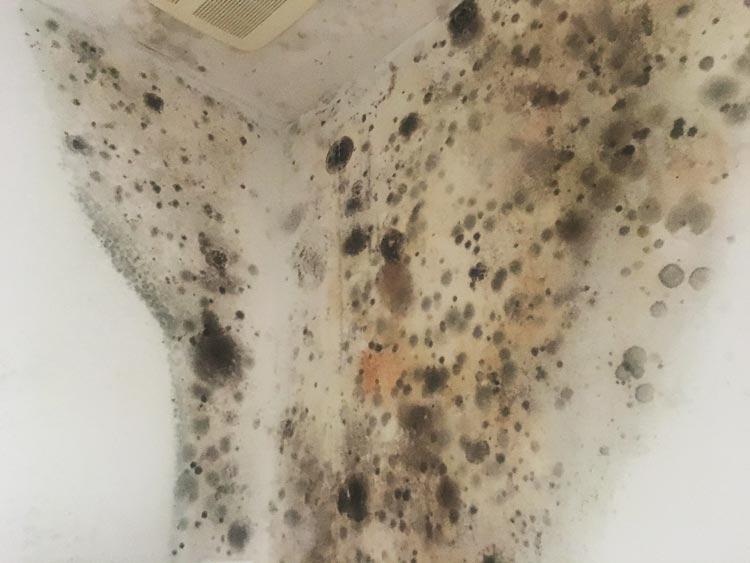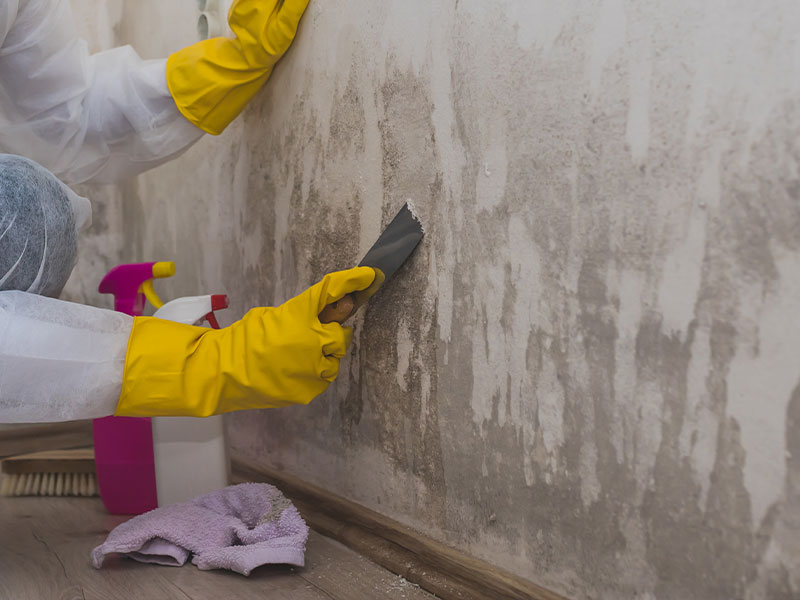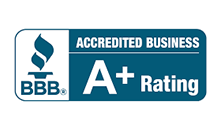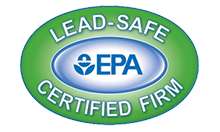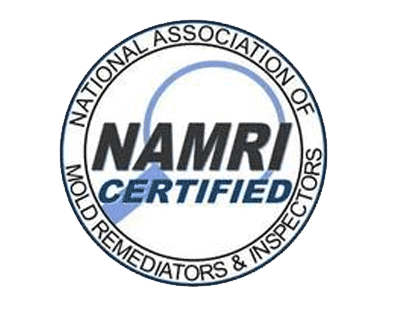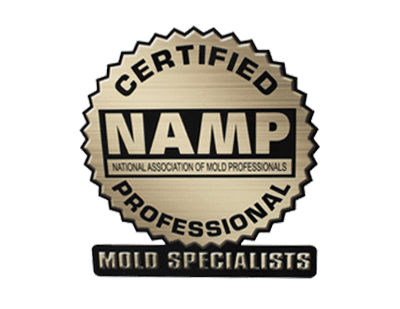Mold you can’t see might be more hazardous than what’s visible. Many believe visible mold is the only threat. But hidden mold, especially behind walls, can contain toxic substances. These toxins, including Microbial Volatile Organic Compounds (MVOCs) and mycotoxins like Trichothecenes, can seriously impact health. They can cause headaches, flu-like symptoms, and brain fog. Stories show that mold behind walls can harm the air we breathe at home or work.
Key Takeaways
- Hidden mold behind walls can release toxic substances that affect indoor air quality.
- Mold-related illnesses include severe headaches, flu-like symptoms, and cognitive issues.
- MVOCs and mycotoxins are harmful compounds produced by hidden mold.
- Mold exposure symptoms can occur even without direct visual evidence of mold.
- Indoor mold contamination can happen in both residential and office settings.
Understanding Mold and Where It Grows
Mold belongs to the fungi family and can be found anywhere, indoors and outdoors. It decays organic matter in nature, but it can be harmful inside. It loves dark, wet places. Certain types like Cladosporium, Penicillium, Aspergillus, and black mold (Stachybotrys chartarum) grow on wood, fabrics, and drywall.
Moisture is key for mold to grow. Things like leaky pipes, floods, or just high humidity can create perfect spots for mold. If left alone, mold in these areas can get out of control. That’s why it’s important to know about different molds and how they grow. This knowledge can help keep our homes healthy.
Dealing with mold issues early is crucial. It stops a small problem from becoming a big one. This way, everyone in the home stays safer and healthier.
Health Risks Associated With Mold Exposure
Mold can cause health problems, especially for people with allergies or asthma. The effects of mold often look like common allergies. You might get a runny nose, itchy eyes, and cough. Some may even get skin rashes. If it gets worse, you could have trouble breathing and feel your chest tighten. This is more likely if you already have lung issues or a weak immune system.
The real worry is how mold can lead to serious illnesses. Breathing in toxic molds can inflame your lungs, a condition known as pneumonitis. This is especially bad for those already with lung diseases. Some molds are risky because they make harmful substances like mycotoxins and bacterial endotoxins. These can cause problems over a long time, making it vital to avoid exposure.
- Runny nose and eye irritation
- Coughing and skin rashes
- Lung irritation and wheezing
- Pneumonitis in severe cases
Understanding mold’s dangers and its effects on health is key. It’s important to spot the signs early and act. Knowing about these risks stresses the need for good mold control in both homes and workplaces. This helps keep everyone safe from the harms of mold.
How Mold Behind Walls Can Affect Indoor Air Quality
Mold behind walls greatly affects the air we breathe inside our homes. The mold releases spores and toxins into the air. These can make indoor air quality worse. The toxins come from the mold’s metabolic processes. They create a musty smell we often associate with mold.
Some molds don’t produce a strong smell, so you may not know it’s there. When this mold dries, it can easily crumble. This releases tiny spores into the air. These spores can land on dust. Then, they are carried around through the home by the air, including through the HVAC system.
Such spread of mold affects not just the air quality but also our health. Mold pieces and toxins can travel far without notice. They pose a real risk to our health. This is especially true for those with breathing issues. The risk of health problems from mold exposure is also long-term.
Can Mold Behind Walls Make You Sick?
Mold behind walls can be a serious health hazard. It can lead to sick building syndrome. People get sick and feel better once they leave the area. This shows how harmful invisible mold exposure can be.
Unlike the mold we can see, hidden mold is hard to find. This makes it tough for people to know the cause of their sickness. Health problems from hidden mold are not always easy to spot at first. This leads to hidden mold dangers. Even if you can’t see or smell it, mold can cause headaches, breathing issues, and tiredness.
Experts say that mold produces mycotoxins and bacterial endotoxins. Even when the mold is not active, these toxins can still make you sick. They cause serious health problems linked to sick building syndrome. This is why it’s so vital to deal with hidden mold dangers right away. Not doing so can cause health troubles over time from ongoing invisible mold exposure.
Identifying and Testing for Hidden Mold
Finding mold behind walls needs careful attention and the right tests. Knowing the signs of mold contamination helps start fixing the issue. Look for signs like a strong, musty smell, health problems that get better away from home, and any past water damage. These things make finding mold more likely.
For mold detection, pros in home mold inspection use top mold testing methods. They do things like:
- Check for gases from mold.
- Test house dust for mycotoxin testing, finding mold toxins.
- Use DNA tests to find mold pieces in dust.
Hiring pros is crucial. They have special tools to find hidden mold types, even behind walls. Their mold testing methods not only check for mold but also link it to toxins in your home. Getting a home mold inspection early means you learn how bad the issue is. This is key for fixing it correctly and keeping everyone safe.
Effective Mold Remediation and Prevention Tips
Dealing with mold at home? You need good strategies for both fixing and stopping it. Start by using plastic to seal off the moldy area. This stops mold spores from moving to other rooms. Also, remember that keeping the air inside the mold area is important. You can do this by using air scrubbers to clean the air.
After pros have removed the mold, the next step is to clean all surfaces well. Then, make sure everything is completely dry. This stops the mold from coming back. Using a dehumidifier helps to keep the air dry, making it hard for mold to grow again.
To stop mold from returning, take a few key steps:
- Keep the air dry by using a dehumidifier.
- Fix leaks and any water damage quickly.
- Make sure rooms like bathrooms have good air flow.
- Put in waterproofing to keep water out.
Choosing the right mold removal expert is critical. Pick someone with a proven track record for safe mold removal. This protects your health and property. By following these tips, you can keep your home healthy and mold-free for the long-term.
Conclusion
Mold behind walls is a big health concern and affects indoor air. Knowing the dangers and health risks of mold is key. It causes breathing problems and even long-term sickness. So, it’s important to deal with mold problems fast.
To keep indoor areas healthy, start by looking for mold often. Getting experts to check for mold can spot problems before they grow. Then, work on stopping mold and fixing any already there. This stops mold now and in the future.
Being proactive and using the right help solves mold issues for a long time. It helps keep our homes safe and our air clean. Paying for regular mold checks and knowing the risks can make a big difference in how we feel and live.
